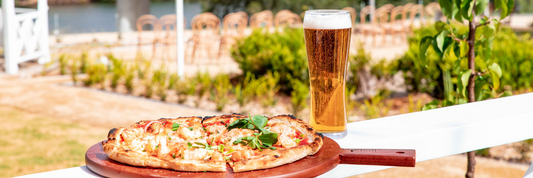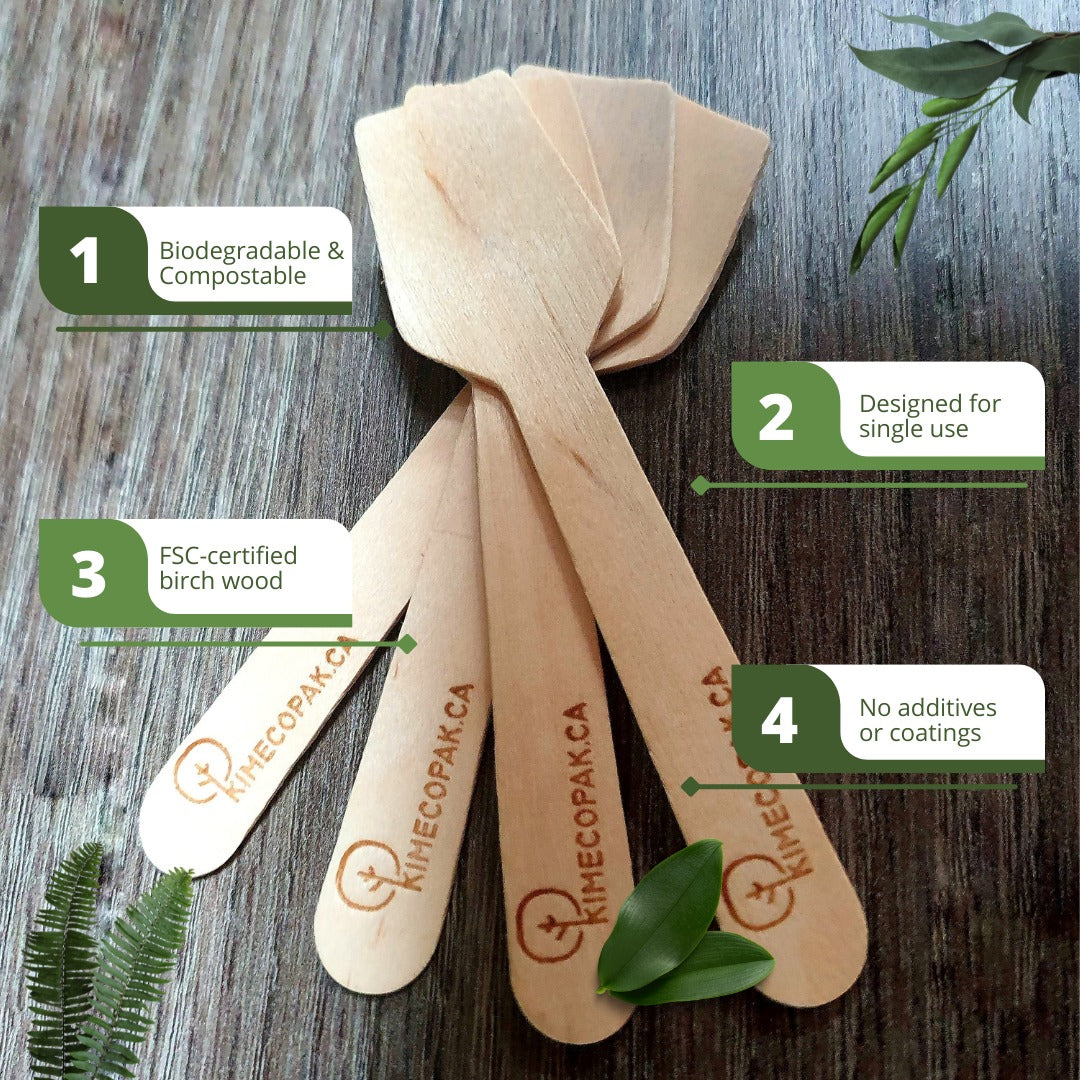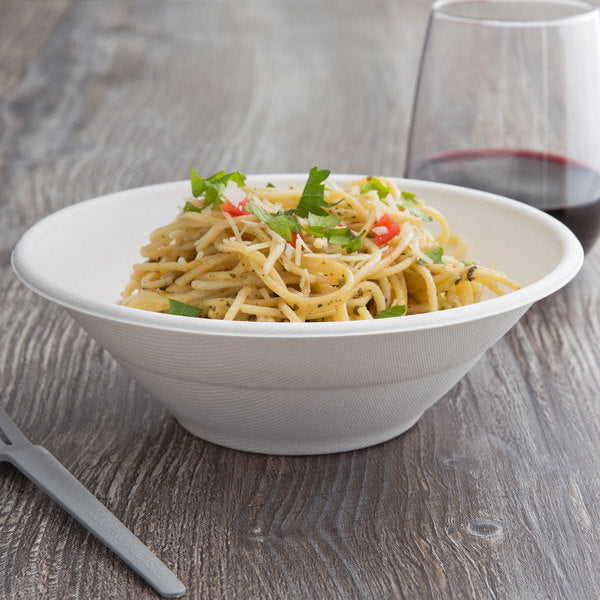Short ribs are a popular cut of beef known for their rich flavor and tender texture. But what makes short ribs so special? Let's dive into the science behind cooking perfect short ribs.
What Are Short Ribs?
Defining the Cut: More Than Just Ribs
Short ribs are a flavorful cut of beef that consists of rib sections taken from the ribcage of the cow. Unlike standard ribs, short ribs have a notable amount of meat on them, offering a rich eating experience. They are known for their juicy, meaty quality, which makes them a favorite among barbecue enthusiasts and home cooks alike.
Where Do Short Ribs Come From on the Cow?
Understanding the anatomy of a cow is essential to appreciate where short ribs originate.
The Brisket
Short ribs can include some parts from the brisket region. While brisket is primarily known for its role in barbecue, it contributes to the flavor and texture of short ribs, adding depth to the overall eating experience.
The Chuck
The chuck area also contributes to short ribs. This section is situated near the front of the cow and is known for its rich, beefy flavor. Cuts from the chuck often lend tenderness and complexity to the short rib as they cook.
The Plate
The plate section is particularly important for short ribs. It runs underneath the rib area and offers some of the most flavorful cuts of meat. Short ribs from the plate generally have a higher fat content, which enhances their richness during cooking.
The Rib Area (True Short Ribs)
True short ribs come from the rib area itself and are known specifically for their bone structure. They contain a significant amount of meat and connective tissue, which makes them uniquely suitable for slow cooking methods like braising.
Key Characteristics: Bone, Meat, and Flavor
Short ribs are characterized by their signature presentation—thick cuts of meat atop a bone. This structure holds a treasure of flavor, as the bone contributes to the overall richness of the dish during cooking. The meat surrounding the bone is well-marbled, which leads to incredible tenderness once cooked properly.

Exploring the Different Cuts of Short Ribs
The Popular English Cut: Meaty and Bone-In
The English cut of short ribs is one of the most popular forms. These ribs are typically cut parallel to the bone, which means they contain an abundance of meat on display. Chefs and home cooks often favor this cut for its ability to retain moisture and flavor when cooked.
The Flanken Cut: Thin and Across the Bone
Flanken cuts are sliced across the bones into thin strips, making them ideal for quick cooking methods, such as grilling. Originating in many Asian cuisines, this cut allows for more surface area to caramelize, capturing immense flavor.
Boneless Short Ribs: Convenience Without the Bone
For those who prefer a more straightforward cooking experience, boneless short ribs offer a convenient option while still retaining the rich flavor of traditional short ribs. They are easy to slice and cook quickly, making them a versatile choice for various dishes.

Why Are Short Ribs So Delicious?
The Magic of Connective Tissue: Tenderness Through Slow Cooking
One of the secrets behind the delectability of short ribs lies in their composition. They are loaded with connective tissue, which breaks down during long, slow cooking processes. This transformation into gelatin results in an incredibly tender and velvety mouthfeel.
The Flavor Powerhouse: Richness from Fat and Marbling
The marbling in short ribs is not just for aesthetics; it plays a crucial role in flavor. The fat within and around the meat gives the short ribs a rich taste that makes them one of the most scrumptious cuts of beef. This richness is often enhanced when cooked, as the fat melts into the meat during the cooking process.
The Transformation: From Tough to Tender
Initially, short ribs can be fairly tough, but with time and the right cooking methods, they undergo a remarkable transformation. Slow cooking techniques, such as braising or stewing, break down the toughness and create tender, savory results that showcase beef at its best. Cooking them properly allows you to experience this transition firsthand—moving from raw to melt-in-your-mouth goodness.
The Culinary Appeal of Short Ribs
Short ribs are a beloved cut of meat renowned for their rich flavor and tender texture. Their unique combination of meat, fat, and bone contributes to both their culinary versatility and their standing as a comfort food staple across various cultures. The appeal of short ribs isn't confined to a single cuisine; instead, it reflects a rare attribute of adaptability within global culinary traditions.
Braising: The Classic Short Rib Preparation
Braising stands out as the quintessential method for preparing short ribs. This technique, which combines moist and dry heat, ensures that the meat becomes exceptionally tender and flavorful. By searing the ribs to develop a deep brown crust, then simmering them in a flavorful liquid (such as broth, wine, or beer), cooks can draw out the rich flavors that make short ribs divine.
- The process typically takes several hours, allowing the tough connective tissues to break down into luscious, melt-in-your-mouth morsels.
- Common additions to the braising liquid include aromatics like onions, garlic, and herbs, enhancing the overall flavor profile.
Grilling: Adding Smoky Flavor
Grilling short ribs offers an exciting flavor dimension that contrasts with braising. The high heat from the grill caramelizes the meat's surface, creating a delightful smoky flavor that can elevate the dish significantly.
- Marination can enhance the grill experience. Common ingredients include soy sauce, brown sugar, sesame oil, and garlic, popular in many cultures.
- Grilling typically requires a careful watch to prevent overcooking, as shorter cooking times can lead to juicy, tender bites with a bit of char.
Slow Cooking: Effortless Tenderness
For those seeking convenience without sacrificing taste, slow cooking is an excellent option for preparing short ribs. This method allows the meat to cook gently over several hours, concentrating flavors while ensuring maximum tenderness.
- A slow cooker can be filled with short ribs, vegetables, and seasonings before being left unattended to work its magic.
- Recipes can range from hearty stews to flavorful barbecued varieties, showcasing the cut’s versatility.

Short Ribs Around the World: Global Culinary Traditions
Short ribs are celebrated worldwide, with each culture offering its distinctive spin on this cut of meat. Let's explore some regional variations that showcase the global appeal of short ribs.
Korean Kalbi
Korean kalbi is perhaps one of the most famous iterations of short ribs. These ribs are marinated in a blend of soy sauce, sugar, garlic, and sesame oil before being grilled to perfection. The marinade not only tenderizes the meat but also infuses it with a sweet and savory flavor that pairs beautifully with rice and pickled vegetables.
Argentinian Asado
In Argentina, short ribs are a key feature of the traditional asado, a social barbecue gathering. Here, the ribs are typically cooked over an open flame or charcoal, allowing the natural flavors to shine. This style of cooking emphasizes the meat's quality, often seasoned simply with salt and accompanied by chimichurri sauce for an added punch.
Other Regional Variations
- In the United States, braised short ribs often find their place in gourmet restaurants, frequently served with creamy polenta or rich mashed potatoes.
- In France, they are featured in classic dishes like "côte de bœuf," where the focus is on high-quality beef and sophisticated cooking techniques.
Exploring 8 Different Types Of Beef Cuts
How to Choose and Buy the Best Short Ribs
When it comes to purchasing short ribs, understanding what to look for can make a significant difference in your cooking experience. Here’s how to select the best cut for your culinary endeavors.
Understanding Grades of Beef
Beef is graded based on its quality, with the most common in the U.S. being Prime, Choice, and Select. Here's a brief overview:
- Prime: Highest quality, abundant marbling, great for grilling and special occasions.
- Choice: Slightly less marbled than Prime but still flavorful, suitable for most recipes.
- Select: Leaner with less marbling, can be good for stews but may require more attention to avoid toughness.
Looking for Marbling
Marbling refers to the intramuscular fat found within the meat, crucial for a flavorful and tender result. When selecting short ribs, look for:
- Generous marbling: This indicates a more flavorful and moist final product.
- A good distribution: Evenly scattered fat will likely yield a juicier cook.

Bone-In vs. Boneless: Which to Choose?
Choosing between bone-in and boneless short ribs is largely a matter of preference:
- Bone-In: Generally offers more flavor and is preferred for braising as the bone adds depth to the cooking liquid.
- Boneless: Easier to cut and serve, making it a convenient choice for grilling or quick preparations.
Where to Buy: Butchers, Grocery Stores, and Online Retailers
When it comes to sourcing high-quality short ribs, consider the following options:
- Local Butchers: Often your best bet for high-quality meat and knowledgeable staff who can guide you in your selection.
- Grocery Stores: Chains may have a limited selection but can be suitable for everyday cooking needs.
- Online Retailers: Opportunities to find specialty cuts from trusted farms or brands that deliver straight to your door.
Short ribs represent a culinary tradition rich in flavor and versatility. With various cooking methods and global adaptations, they truly are a fantastic addition to any kitchen. Whether slow-cooked, grilled, or braised, the unique taste and texture of short ribs can make any meal extraordinary.
Tips for Cooking Perfect Short Ribs

The Importance of Searing
Searing short ribs is a crucial step that shouldn’t be overlooked. This process involves cooking the meat at a high temperature until a brown crust forms on the surface, which enhances the flavor and texture. The Maillard reaction, where proteins and sugars react under heat, provides depth to the dish that tender braising alone cannot achieve.
When searing short ribs:
- Use a heavy-bottomed pan or Dutch oven to ensure even heat distribution.
- Make sure the meat is dry and at room temperature before adding it to the hot pan; this helps achieve that beautiful sear.
- Sear in batches if necessary, to avoid overcrowding the pan, which can create steam instead of a crust.
Choosing the Right Cooking Liquid for Braising
The cooking liquid is essential for braising short ribs, as it infuses the meat with flavor while keeping it moist during the cooking process. A good balance of acidity, sweetness, and richness will elevate your dish.
Consider these options:
- Red wine: Adds depth and complexity. Choose a fruity variety like Merlot or Cabernet Sauvignon.
- Beef stock: Provides a rich, meaty base. Homemade is preferred, but store-bought works in a pinch.
- Beer: A stout or porter can introduce unique flavors, offering a rich sweetness that pairs well with the meat.
- Tomato-based liquids: Adding crushed tomatoes can give an acidic balance to the richness of the meat, enhancing flavor.
Low and Slow: The Key to Tenderness
The mantra for cooking short ribs is "low and slow." Braising at a low temperature allows the connective tissues in the meat to break down slowly, resulting in an incredibly tender bite.
Here’s how to achieve it:
- Set your oven to 300°F (150°C) and let the meat cook for several hours. Depending on the size, this typically ranges from 2.5 to 4 hours.
- Check the meat periodically to ensure it’s not drying out. If needed, add more liquid to keep it submerged.
Resting the Meat: Essential for Juiciness
Once your short ribs are done cooking, patience is key. Allow the meat to rest for about 15 to 20 minutes before serving. This time lets the juices redistribute throughout the meat, which keeps it moist and flavorful.
Avoid cutting into the meat immediately:
- Tent it loosely with foil to retain warmth.
- This resting period prevents the juices from running out before the first bite, enhancing overall enjoyment.
Why Should You Let Steak Rest? How Long Should You Let A Steak Rest?
Serving Suggestions and Pairings for Short Ribs
Classic Side Dishes
Short ribs pair wonderfully with side dishes that complement their rich flavor. Here are some classic options:
- Mashed potatoes: Creamy potatoes absorb the delicious sauce from the ribs.
- Polenta: Soft polenta provides a perfect base for the meaty goodness.
- Roasted vegetables: Carrots, parsnips, and Brussels sprouts offer a contrasting sweetness and texture.
Wine Pairing Recommendations
The right wine can elevate the meal to new heights. Here are some selections to consider:
- Cabernet Sauvignon: Its tannins and bold flavor complement the rich meat.
- Syrah/Shiraz: Offers a peppery note that balances well with the savory profiles of short ribs.
- Zinfandel: With its jammy fruitiness, it enhances the dish's juicy flavors perfectly.
Creative Ways to Serve Short Ribs
Short ribs can be prepared in various ways that go beyond the classic braise. Here are some creative serving suggestions:
- Tacos: Shred the meat and serve it in soft tortillas with fresh toppings like avocado, cilantro, and lime.
- Burgers: Use the meat to create a sumptuous burger patty topped with caramelized onions and a tangy sauce.
- Ramen: Add tender pieces of short rib to a bowl of broth-focused ramen for a luxurious meal.
Conclusion
Short ribs are not just a cut of meat; they are an experience. Their rich flavor, tender texture, and the comfort they provide make them a popular choice for gatherings and special occasions. Whether prepared traditionally or with a modern twist, short ribs will leave an impression on both your taste buds and your guests.
Frequently Asked Questions (FAQ)
What is the difference between short ribs and spare ribs?
Short ribs come from the lower part of the rib cage and are meatier, whereas spare ribs are from the belly side and have more bone than meat.
Are short ribs an expensive cut of meat?
Short ribs can vary in price, but they often range from moderate to expensive, depending on quality and where they are sourced.
How long does it typically take to cook short ribs until they are tender?
Cooking short ribs usually takes around 2.5 to 4 hours when braised at a low temperature, depending on their size and thickness.
Can you cook short ribs in an Instant Pot?
Yes, short ribs can be cooked in an Instant Pot, significantly reducing the cooking time to about 45 minutes under pressure while still yielding tender meat.







